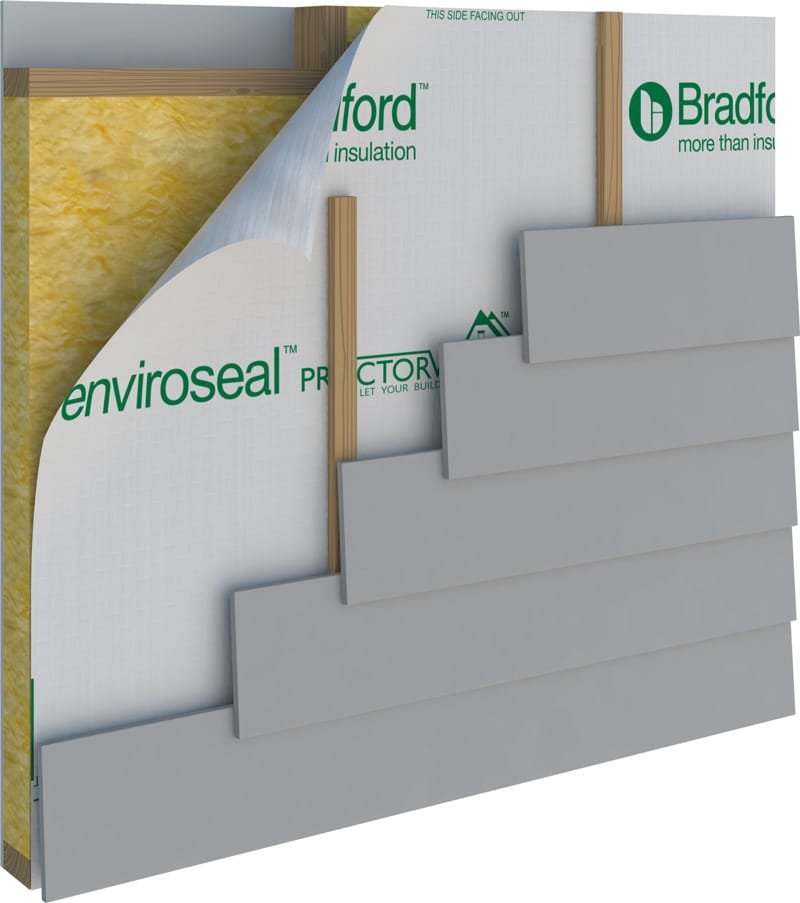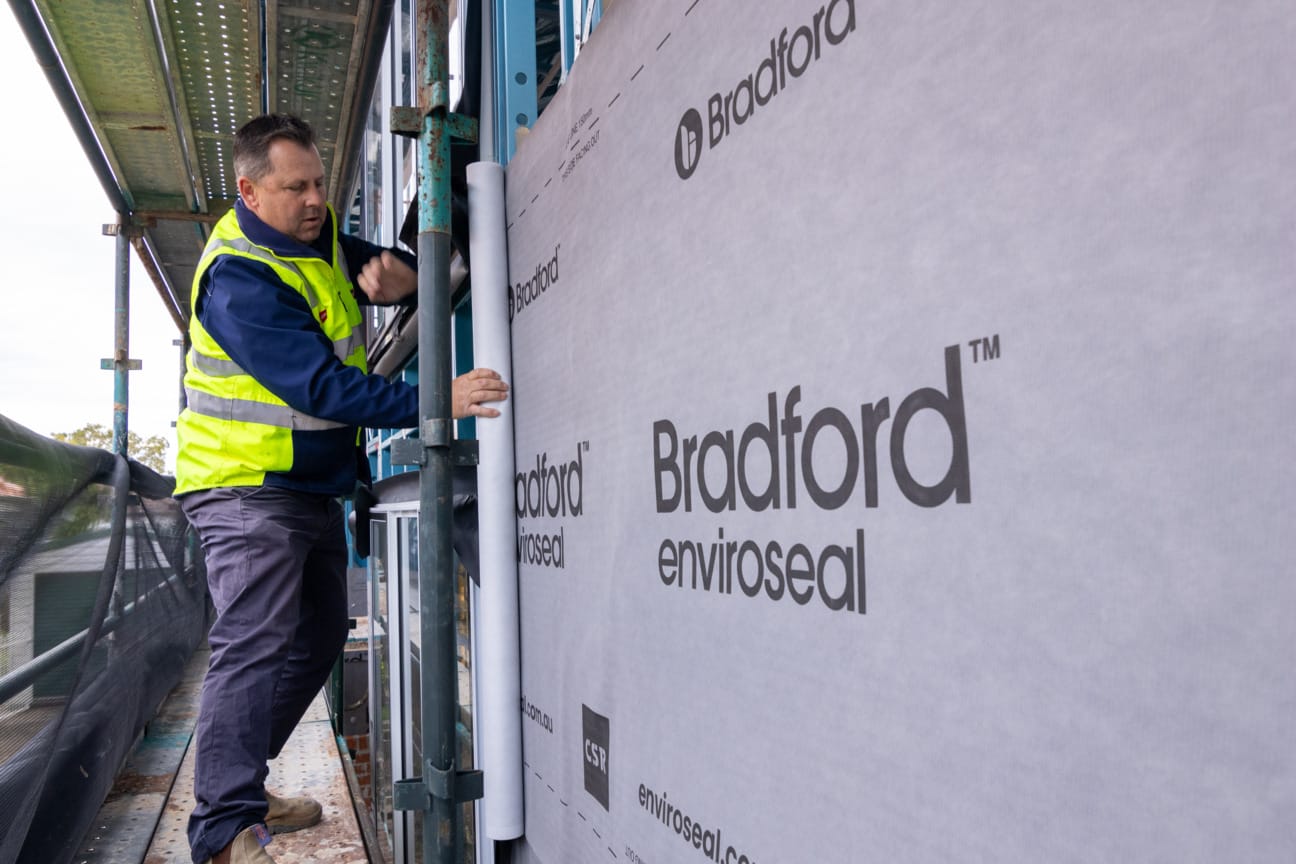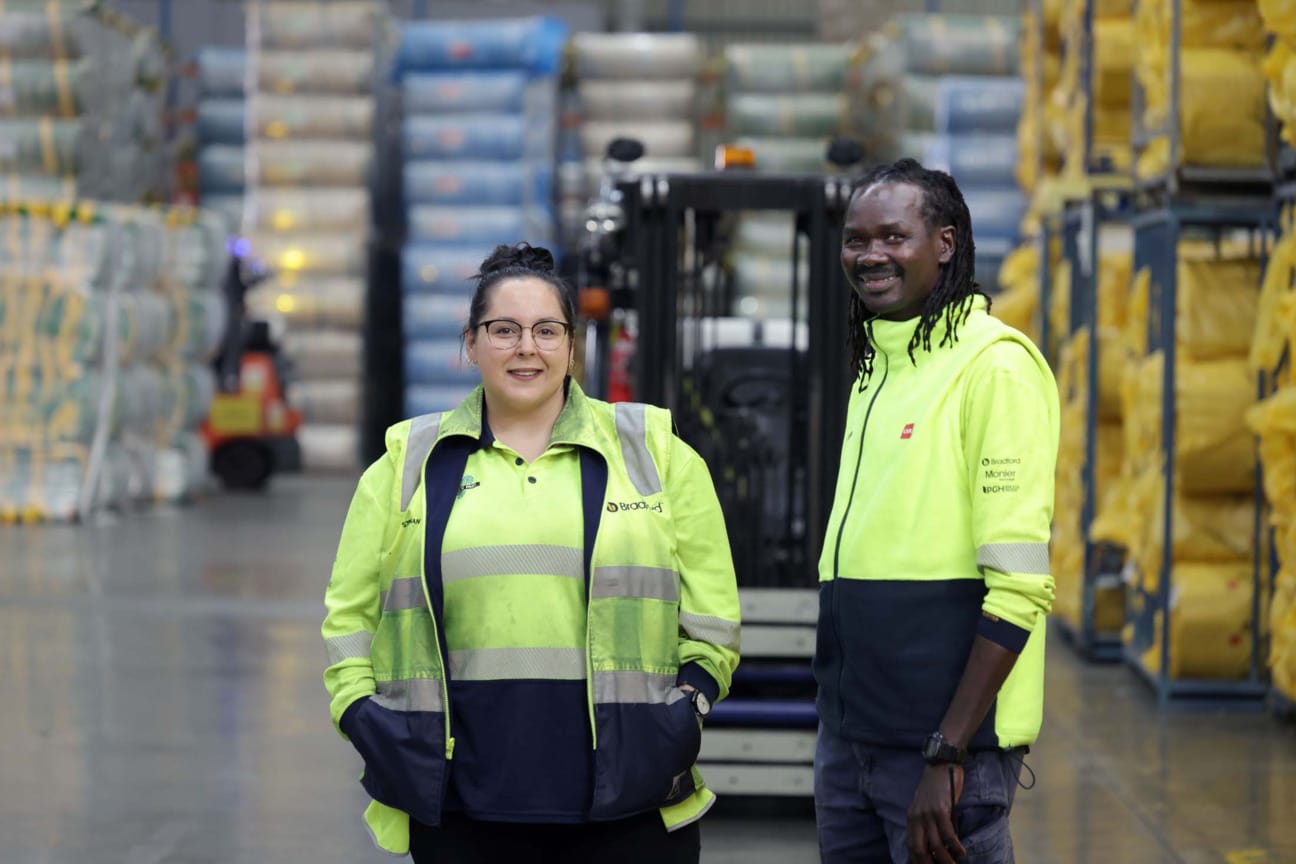For many years the benefits of 'breather' type wall wrap products have been broadly adopted in the market.
Yet as construction techniques have changed and the use of lightweight cladding materials has become more prevalent, the performance requirements for wall wrap have also changed. Lightweight cladding, such as fibre cement or metal sheet, typically have a lower moisture buffering capacity and are often constructed without a cavity behind the cladding.
The result is that the risk of external and internal (condensation) moisture migration to the frame and insulation is increased. This risk is further increased if there is no cavity behind the cladding, resulting in the cladding being in direct contact with the frame and reducing the drying potential of the wall system.
To manage risk
To manage this risk, lightweight cladding manufacturers typically recommend the type of wall wrap required behind the cladding. In most instances this performance requirement requires the wall wrap to meet the two following key properties:
- Water barrier
- Vapour permeable
This combination of material properties work together to protect the frame, insulation and ultimately the homeowner in the following ways:
- Water barrier - prevent the ingress of external moisture/water that may breach the cladding
- Vapour permeable - reduce the risk of condensation formation by allowing airborne moisture (water vapour) to escape.
The Wrap
- The wrap should state compliance with AS4200.1
- The wrap must state that it is 'vapour permeable'; check and confirm it's labelled as a Class 3 or 4 for vapour permeability rather than a Class 1 or 2 vapour barrier.
- It must state 'water barrier high' or 'water barrier';.
Poor moisture management (internal and external) can lead to mould and damp issues, which may occur inside the wall cavity. Identification and rectification of these problems can be costly so selection of the right wrap is always recommended.
The range of Bradford Enviroseal vapour permeable wall wraps combine exceptional permeability with high water hold-out to exceed the lightweight clad requirements.


